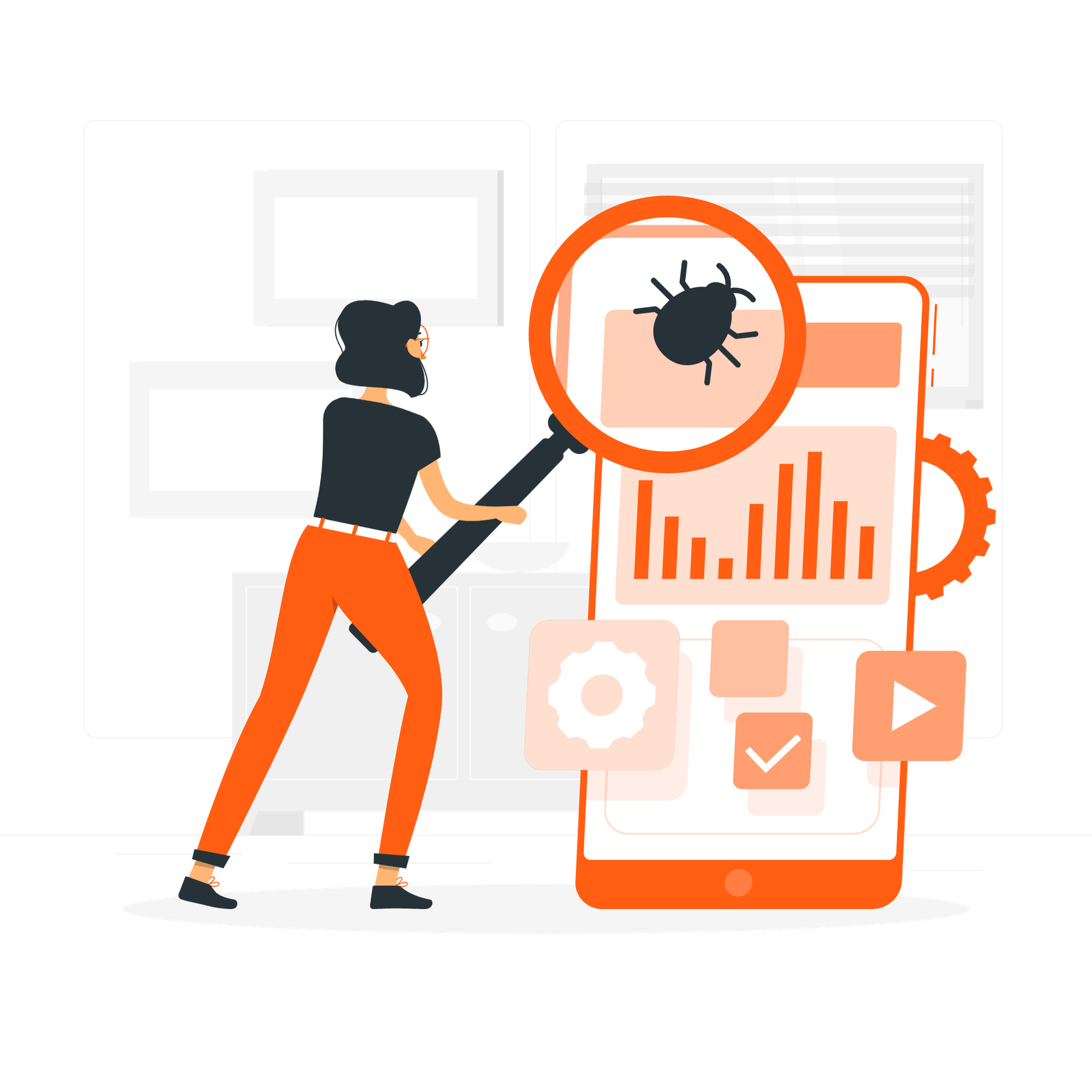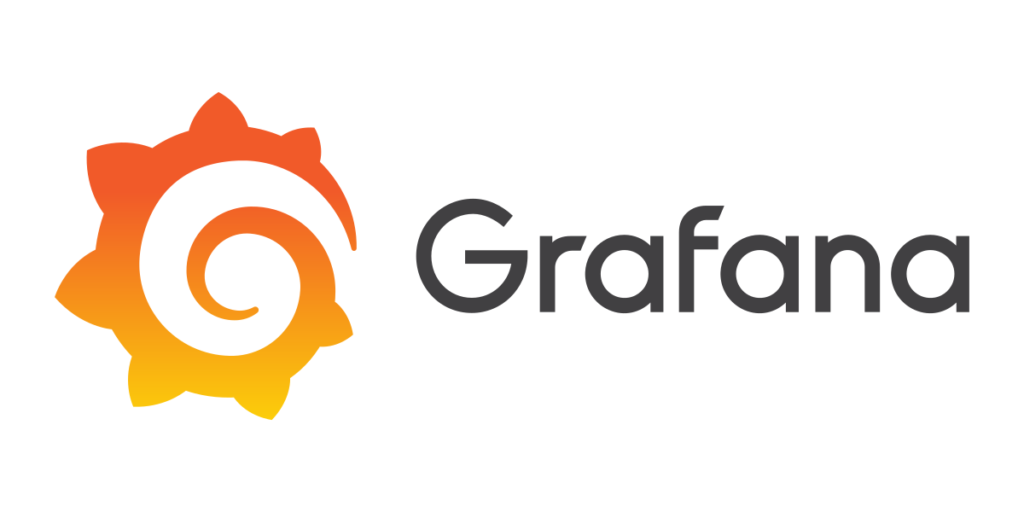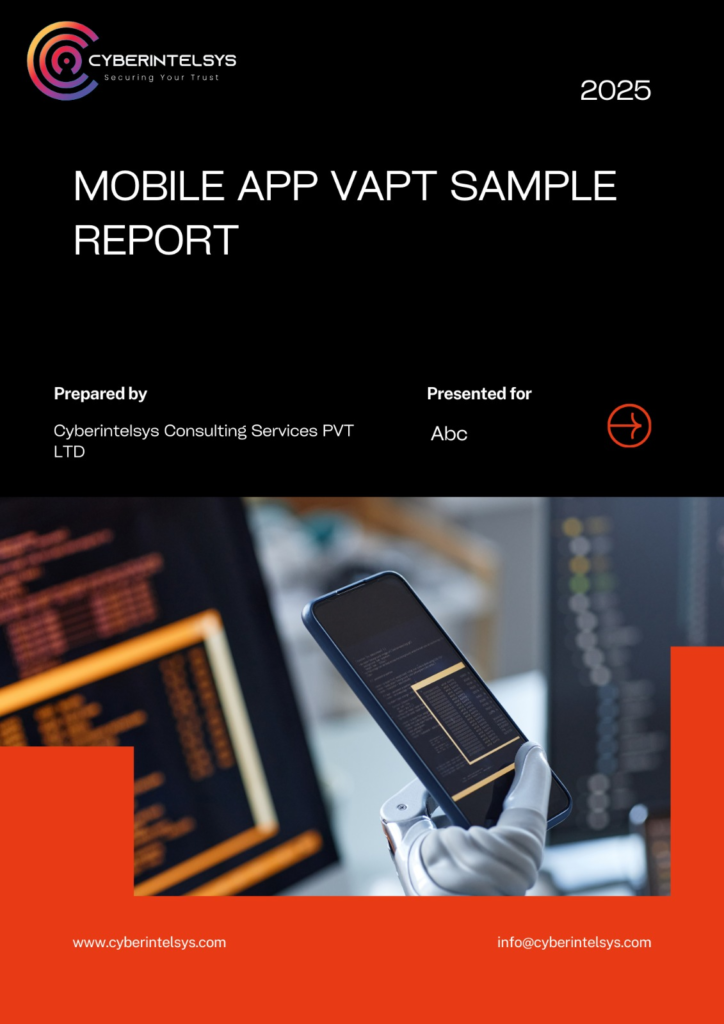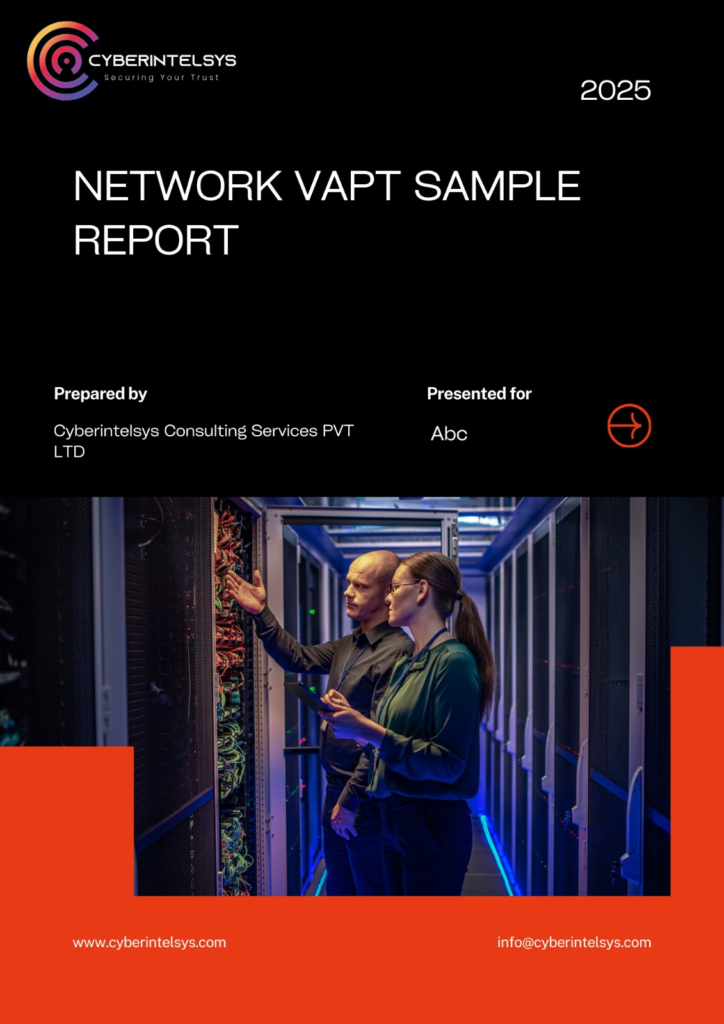Identify. Exploit. Secure.
Web Application
Penetration Testing
At Cyberintelsys Consulting Services, we specialize in identifying vulnerabilities in web applications—guiding you through the remediation process to ensure your business is protected before threats become breaches.











What is Web Application Penetration Testing?
Web application penetration testing simulates real-world cyberattacks to assess how effectively a system can withstand unauthorized access and exploitation. By testing from both internal and external perspectives, it helps uncover vulnerabilities and potential attack paths. These insights guide remediation efforts and strengthen overall security. Penetration testing is a critical step in ensuring your application is truly secure against evolving threats.

Real-World Attack Simulation
Simulates actual cyberattack techniques to evaluate how well your web application can withstand real-world threats — from both external attackers and potential insider risks.
Vulnerability Identification & Prioritization
Identifies security vulnerabilities through comprehensive testing of application logic, business processes, and technical functionality. Vulnerabilities are prioritized based on risk to ensure remediation efforts focus on the most critical issues.
Actionable Security Insights
Provides detailed, easy-to-understand reports with clear remediation guidance, enabling your team to address vulnerabilities effectively and strengthen your application’s overall security posture.
A secure web application begins with testing every layer—inside and out.
Authentication Testing
Injection Testing
Input Validation Testing
Authorization Testing
Configuration Review
Business Logic Testing
Security Misconfiguration
Session Management

Our Web App Penetration Testing Process
At Cyberintelsys, we protect your web application through meticulous penetration testing. Our thorough methodology uncovers and resolves every potential vulnerability to ensure robust security.
This phase establishes the boundaries, objectives, and rules of the engagement. It involves identifying in-scope applications, APIs, and environments, as well as obtaining necessary legal approvals. Clear scoping ensures the testing is ethical, targeted, and aligned with business objectives.

Security testers gather technical and publicly available information about the target environment. Both passive (e.g., OSINT techniques) and active (e.g., network scanning, subdomain enumeration) methods are employed to map the attack surface and support effective planning for the next phase.

A systematic assessment is conducted to identify common vulnerabilities such as outdated components, misconfigurations, and known weaknesses. This step helps pinpoint areas requiring deeper manual inspection and highlights potential risks in the target environment.

Testers perform detailed manual analysis to uncover complex security flaws that automated scans often miss. These include issues like broken access controls, logic flaws, and authentication weaknesses. Critical business workflows are evaluated to identify insecure implementations or misuse scenarios.

Identified vulnerabilities are safely exploited in a controlled manner to demonstrate potential real-world impacts. This phase shows how weaknesses could be leveraged to gain unauthorized access, manipulate data, or escalate privileges, highlighting the practical risks to the organization.

All findings are documented with detailed technical descriptions, severity ratings, and clear reproduction steps. The report provides actionable remediation advice to help the organization address identified risks and strengthen its overall security posture.

Your trusted advisor in penetration testing . Safeguard your digital assets – get in touch today!
Our clients rely on us to secure their critical applications and protect their data. Hear what they have to say about our expertise, dedication, and the impact of our web application penetration testing services.

The team transformed our brand's online presence with creativity & precision.The results exceeded our expectations! Their digital marketing strategies helped us reach a broader audience & significantly boosted our sales

The team transformed our brand's online presence with creativity & precision.The results exceeded our expectations! Their digital marketing strategies helped us reach a broader audience & significantly boosted our sales

The team transformed our brand's online presence with creativity & precision.The results exceeded our expectations! Their digital marketing strategies helped us reach a broader audience & significantly boosted our sales

The team transformed our brand's online presence with creativity & precision.The results exceeded our expectations! Their digital marketing strategies helped us reach a broader audience & significantly boosted our sales
Improved Security
Web application security testing identifies existing and potential vulnerabilities, enabling businesses to take proactive measures to reduce the risk of data breaches and cyberattacks.
Regulatory Compliance
Regular security assessments help organizations comply with industry regulations such as PCI-DSS, HIPAA, and GDPR, avoiding potential fines and legal issues.
Enhanced Customer Trust & Reputation
Demonstrating a commitment to security builds customer trust and protects the organization’s reputation by showing that customer data is taken seriously.
Cost Savings
Early identification of vulnerabilities prevents costly security incidents, reducing expenses related to breaches, downtime, and emergency remediation.
Infrastructure Risk Assessment
Testing often reveals vulnerabilities not just in the application but also in supporting infrastructure (e.g., servers, firewalls, APIs), helping organizations strengthen their overall security posture.
Security Policy Validation
Penetration testing confirms whether existing security controls and policies are effectively implemented and highlights any gaps or outdated measures that need attention.
Benefits of Conducting Web App Penetration Testing
Different Types of Web Application Penetration Testing
Black Box Testing
In black box testing, the tester simulates an external attacker with no prior knowledge of the system. This approach assesses how well the application defends itself against real-world, external threats. It focuses on identifying vulnerabilities from the perspective of an outsider without access to internal systems or documentation.
White Box Testing
White box testing provides the tester with complete access to the application’s source code, architecture, and documentation. This method helps uncover deep security flaws, logic errors, and misconfigurations that may not be visible through external testing. It allows for a thorough evaluation of security controls from within the system.
Gray Box Testing
Gray box testing combines elements of both black box and white box approaches. Testers are given limited knowledge of the system, such as credentials or specific documentation. This reflects the perspective of a semi-informed attacker who may exploit both external interfaces and internal weaknesses, providing a realistic and balanced assessment of security posture.

Mobile App VAPT Sample Report
To the fullest extent permitted by law we accept no responsibility orliability to them in connection with this report.

Security Audit and VAPT
Cyberintelsys is an Indian cyber security solution provider helping companies from various industries to fight cybercrimes

Web App VAPT Sample Report
To the fullest extent permitted by law we accept no responsibility orliability to them in connection with this report. Any advice, opinion and expectation,

Mobile App VAPT Sample Report
To the fullest extent permitted by law we accept no responsibility orliability to them in connection with this report.

Web App VAPT Sample Report
To the fullest extent permitted by law we accept no responsibility orliability to them in connection with this report. Any advice, opinion and expectation,
Our structured, step-by-step process ensures every vulnerability is identified, risks are prioritized, and your business remains protected against evolving threats. From initial consultation to final validation, we guide you through each stage to strengthen your cybersecurity posture.
1. Initial Consultation & Requirement Gathering
We begin by understanding your business objectives, critical assets, and unique security concerns. This phase ensures the engagement is tailored to your organization's specific needs.
2. Scoping & Planning
We define the scope, boundaries, and rules of engagement. Clear scoping helps align objectives, minimizes risks, and ensures legal and compliance considerations are addressed.
3. Reconnaissance & Enumeration
Our team gathers technical and publicly available information about your application and infrastructure to map the attack surface and identify potential weaknesses.
4. Vulnerability Assessment
We conduct systematic assessments to identify known vulnerabilities, outdated components, and misconfigurations. This helps pinpoint areas requiring detailed manual analysis.
5. Manual Testing & Exploitation
Advanced manual testing techniques are applied to uncover complex vulnerabilities, including logic flaws and privilege escalations. Controlled exploitation demonstrates potential real-world risks.
6.Reporting & Remediation Guidance
We deliver detailed reports with technical findings, severity ratings, and actionable remediation steps to help you fix identified vulnerabilities and strengthen security controls.
7.Presentation & Remediation Support
Our experts present the results to your team, answer questions, and assist with prioritizing and implementing security improvements.
8. Retesting & Continuous Improvement
Following remediation, we perform retesting to confirm vulnerabilities are resolved. We also provide guidance for continuous security improvements and maintaining compliance.
Protect Your Business from Emerging Cyber Threats
Cyberintelsys helps you stay one step ahead of today’s advanced cyber risks. Our expert-led penetration testing and security assessments are designed to identify vulnerabilities before attackers do — helping you strengthen your security posture and meet compliance standards. Fill out the form, and we’ll get back to you with a tailored solution.
Frequently Asked Questions
Quick Answers to Your Web Application Concerns
We need details about the web application, including its size, complexity, and any specific areas of concern. Additionally, information about your security goals and compliance requirements is essential.
We use a mix of industry-standard automated tools like Burp Suite and OWASP ZAP, complemented by manual testing techniques. This ensures a thorough assessment of your web application’s security.
We need details about the web application, including its size, complexity, and any specific areas of concern. Additionally, information about your security goals and compliance requirements is essential.
We use a mix of industry-standard automated tools like Burp Suite and OWASP ZAP, complemented by manual testing techniques. This ensures a thorough assessment of your web application’s security.
